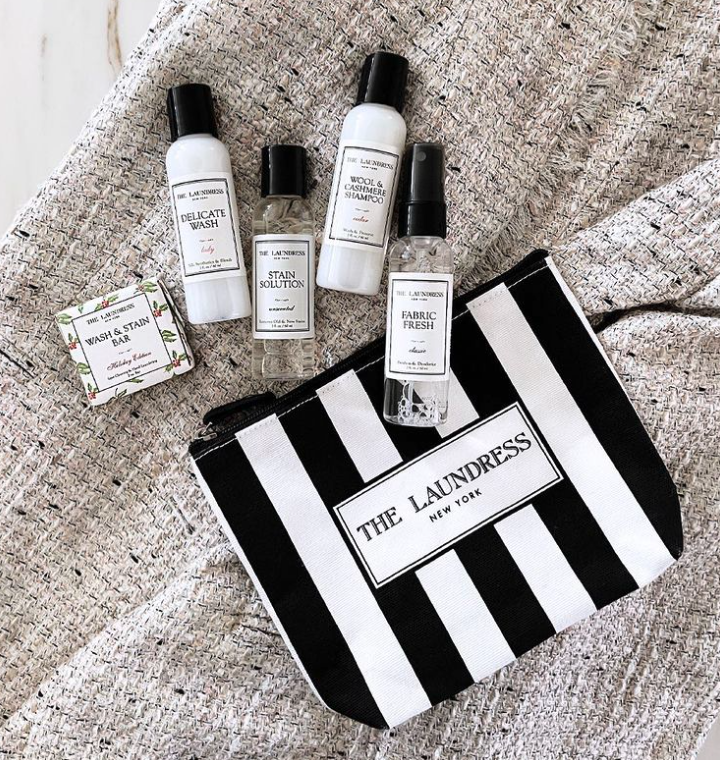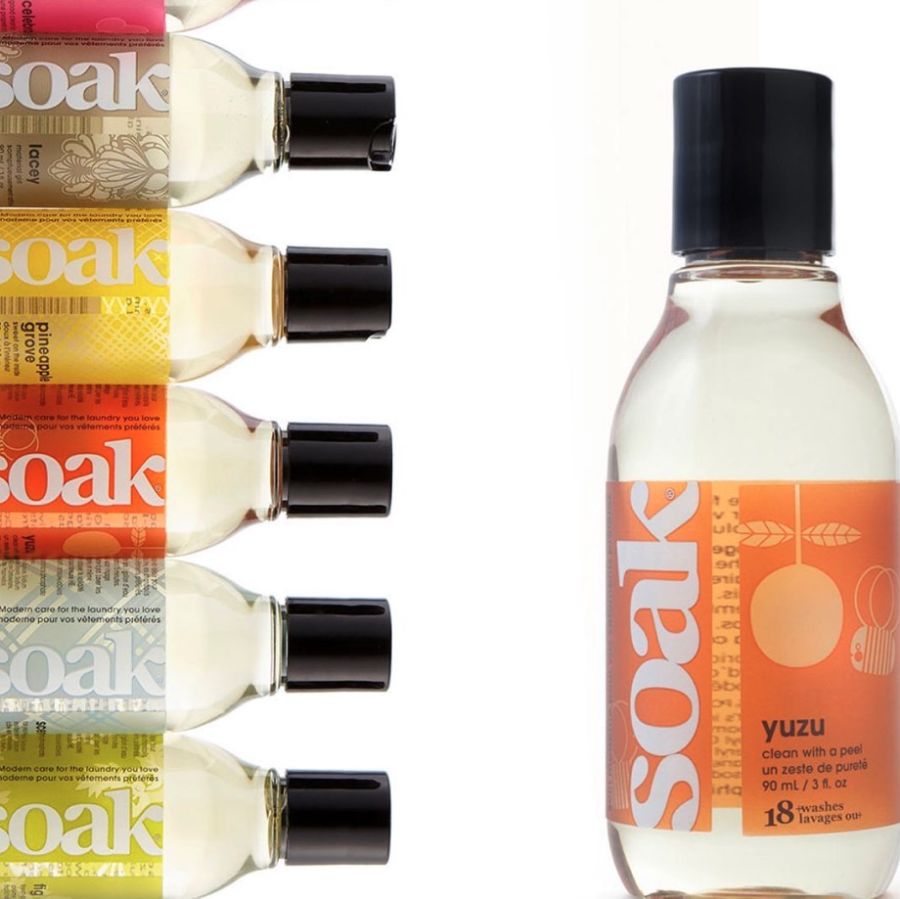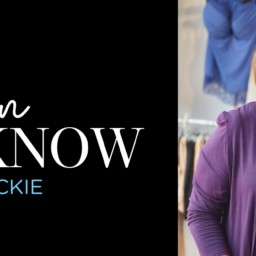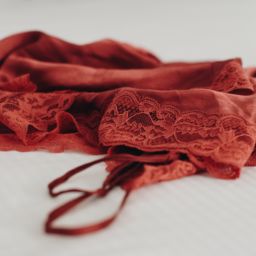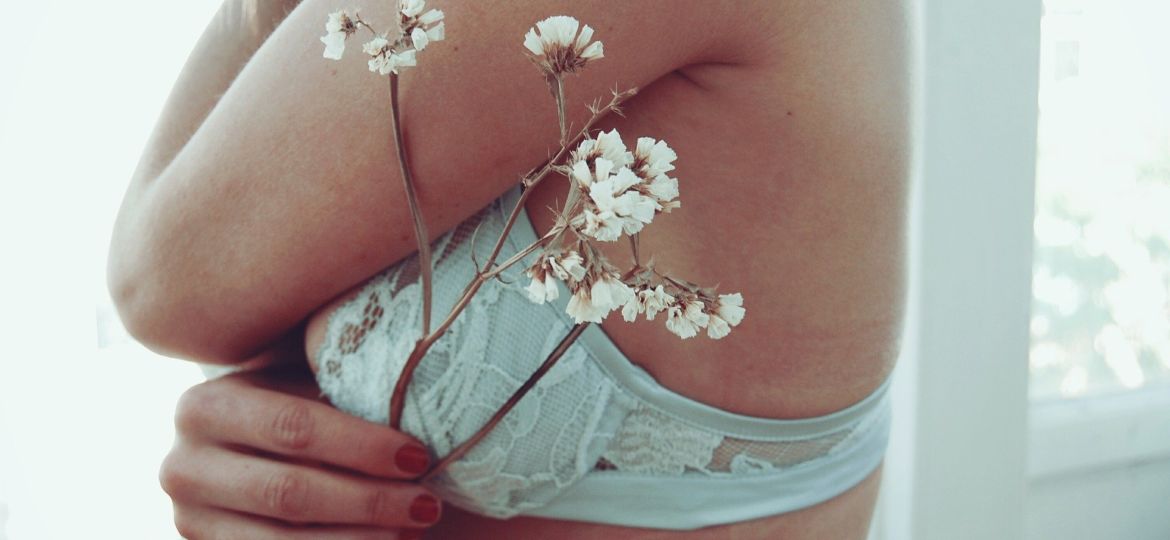
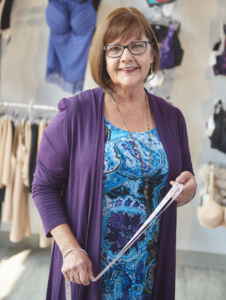
Finding a really good bra can be such a difficult process, let’s be real. Here to help is Carla Mackie, certified master bra fitter and the owner of Uplift Intimate Apparel in Carmel’s City Center. We asked Carla our most pressing bra questions (like do we really have to wash them between every wear?), and she gave us the straight talk answers, so scroll on for some serious bra knowledge.
All the experts in articles always say to get a “professional bra fitting,” but what does that really mean? How often should I get a fitting?
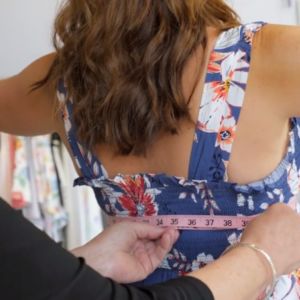
No one really wants to be fitted for a bra–ever. Let’s face it, it takes courage and determination to stand in a dressing room in various stages of undress exposed so that someone, who may or may not care about your discomfort, can measure your body and breasts. And there’s a real probability that somewhere in your psyche, you’re questioning whether this will really make a difference. Seriously aren’t all bras basically the same? I can tell you that all bras are not created equal.
Your bra is a key component of your intimate wardrobe and it’s a workhorse. Its purpose is to support your breasts. The right bra can alleviate back and neck pain, headaches, and TMJ symptoms, and it does all that work while being beautiful and building your inner confidence. A true gem. But in my opinion, finding the right bra for you requires help from a professional bra fitter.
For a proper fit, breast tissue should be in the middle of your arm between your shoulder and elbow. The support actually comes from the band of the bra, not the straps. To get the support you need, the band needs to fit snugly around your torso and sit right where your breast tissue starts on your frame. The straps do a mere 10% of the work. Their job is to snuggle the cup to your breast.
One of our clients said the bra fitting process reminds her of TLC’s reality TV show “Say Yes to the Dress.” At Uplift, you start by saying “Yes” to the process. We take your measurements, but each woman is more than her numbers. We ask our guests to disregard what you “think” the sizing means. Our bras are sized under European sizing guides because most of our products are from various European countries. We’d like you to think of bra sizing as nothing more than a number for us to use in storing our products.
You should have a professional bra fitting annually, or with any 10-pound weight change.
Is it OK to wear my favorite, go-to bra a few days in a row?

You can. However, we do not recommend it. The elastic in your bra needs at least a day to recover and go back to its original shape. Think of a rubber band that is stretched and left that way. Over time, it doesn’t bounce back to its original size. That’s what happens with your bra when it’s worn every day. Plus, bras need to be washed, frequently.
How long can I really wear my bra without washing it?
First off, Never, ever, NEVER put your bras in the dryer. Now that we have that out there, we always encourage hand-washing. The fabrics used for creating your beautiful intimates are strong, yet delicate. Hand-washing using fabric-friendly laundry products in cold water will give the longest and best life for your intimates.
What’s the best way to wash and dry my bras? What if I don’t have time to wash them by hand?
Bras should be washed at least every second wearing depending on how much you sweat. Be honest, if you sweat, it’s dirty and should be washed. Sports bras should be washed after every use.
Is there a particular laundry soap I should be using (or not using) for my bras?
Here at Uplift, we carry two fabric-friendly laundry brands that we love; The Laundress and Soak Wash Inc. The Laundress’ Delicate Wash safely removes perspiration, body oils, and stains while cleaning, freshening, and preserving fabrics. It’s specially designed for the care of silks, synthetics, blends, and other items labeled “dry clean.” We also carry Soak Wash, and this Canadian manufactured brand is an eco-friendly, rinse-free wash that cleans beautifully and is ideal for hand or machine washing, including High Efficiency (HE) machines. The basis for the product is “if it’s not good for your skin, it’s not good for your hand washables either.”
Can you give some specific washing tips?
Tried and true guidelines for laundry day include:
- Never put your intimates, workout wear, or swimwear in the dryer. EVER!
- Mesh laundry bags are a lifesaver for delicate or hand-wash machine loads as they help avoid stretched straps or hook damage to other garments, and they keep your delicate fabrics from snagging.
- Don’t use fabric softener. It leaves a coating that can make it harder for water to get through the fabric, trapping stinky smells.
- Wash your sports bras after every use.
- Turn items inside out for the detergents to have better access to the dirtiest, sweatiest parts.
Breastfeeding my kids left my breasts looking like deflated versions of their former selves. Is there a bra you recommend to restore the appearance of fullness?
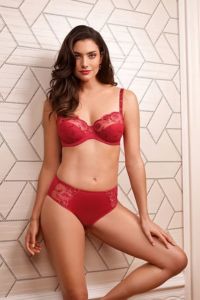
One of the key roles of a bra is to lift and support “the girls” no matter how “deflated” they may be. An underwire bra is going to give you the most lift, support, and shape, and they come in a wide variety of styles and designs. Bralettes and non-underwire bras provide some measure of support, but are made more for comfort and perhaps “cuteness.” And remember, there is no one bra that works for everyone for everything. It is totally dependent on the right fit for each individual woman.
What sort of bra should I look for if I want the best value for my money?
Manufacturing techniques and material selection play a part in the longevity of your bra. Quality products in mean a quality product out. It’s a cliché but true: You get what you pay for. There’s a huge difference in how a $15 bra and a $70+ bra will fit and perform, even if they don’t look very different on the hanger. A good quality bra will fit more comfortably the minute you put it on, provide all-day support, and will hold its appearance over many wearings and washings.
How often should I replace my favorite bras that I wear regularly?
Wear dictates how long your bra will last. Your “go-to” bra, the one you wear multiple days each week, will need to be replaced every 6-9 months. A few signs that your bra is outliving its life include wrinkling in the cups, underwire poking the sides of your breasts, a band that rides up, cup spillage, slipping straps, or your bra hikes up when you lift your arms.
Once I find a bra that I actually like, how many should I buy of them, if I can afford it?
We recommend that you have a minimum of three “go-to” bras that you rotate on a weekly basis. This adds life and longevity to each of those bras. The more you have and rotate, the longer they all will last.
Stephanie Groves is the Executive Editor of Indy Maven, and she just finally stopped wearing her favorite stretchy maternity bra—now that her daughter is almost six years old.
All of our content—including this article—is completely free. However, we’d love if you would please consider supporting our journalism with an Indy Maven membership.







